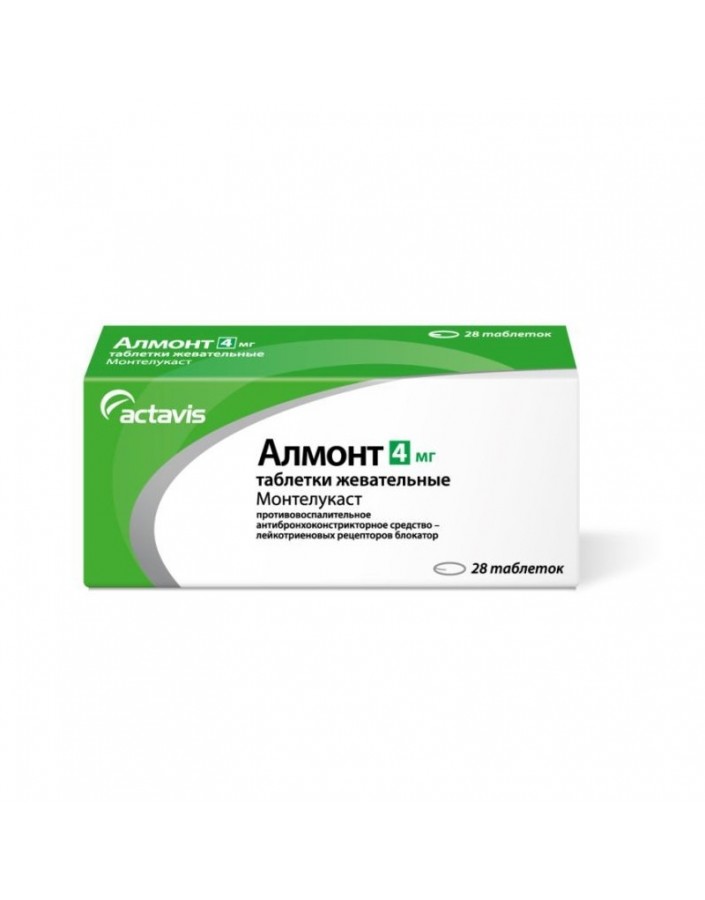




Security policy (edit with Customer reassurance module)

Delivery policy (edit with Customer reassurance module)

Return policy (edit with Customer reassurance module)
Infectious and parasitic diseases: upper respiratory tract infections.
On the part of the blood and lymphatic system: increased tendency to bleeding, thrombocytopenia.
On the part of the immune system: hypersensitivity reactions, including anaphylaxis, eosinophilic infiltration of the liver.
Mentally: pathological dreams (including nightmares), hallucinations, insomnia, somnambulism, irritability, anxiety, anxiety, agitation (including aggressive behavior or hostility), tremor, depression, disorientation, suicidal thoughts and behavior (suicidality).
From the nervous system: headache, dizziness, drowsiness, paresthesia / hypesthesia, convulsions.
Cardiovascular: palpitations.
On the part of the respiratory system: nosebleeds.
On the part of the digestive system: diarrhea, dry mouth, dyspepsia, nausea, vomiting, abdominal pain, pancreatitis.
On the part of the liver and biliary tract: an increase in the activity of ALT and AST, hepatitis (including cholestatic, hepatocellular and mixed liver damage).
On the part of the skin and subcutaneous tissues: angioedema, a tendency to hematomas, urticaria, pruritus, rash, erythema nodosum, erythema multiforme.
On the part of the musculoskeletal and connective tissues: arthralgia, myalgia, including muscle cramps.
General disorders: asthenia / fatigue, malaise, edema, pyrexia, thirst.
Other: in very rare cases, during the treatment with montelukast, the development of Chardzh-Stross syndrome has been reported.
- hypersensitivity to the active or any excipient of the drug;
- patients with rare hereditary diseases: galactose intolerance, lactase deficiency or glucose-galactose malabsorption;
- Phenylketonuria (contains aspartame);
- children's age up to 2 years (for a dosage of 4 mg);
- children's age up to 6 years (for a dosage of 5 mg).
Use of the drug Montelasta during pregnancy is possible if the intended benefit to the mother outweighs the potential risk to the fetus.
The decision to cancel breastfeeding for the period of use of the drug Montelasta is made on the basis of an assessment of the intended benefits to the mother and the potential risk to the child.
Symptoms of drug overdose in patients with chronic bronchial asthma when used at a dose exceeding 200 mg / day for 22 weeks and at a dose of 900 mg / day for 1 week have not been identified.
There are reports of acute overdose of montelukast (when taking at least 1 g / day) in the post-marketing period and in clinical studies in adults and children. Clinical and laboratory data testify to the compliance of the safety profile of the drug in children, adults and elderly patients. The most frequent symptoms were thirst, drowsiness, vomiting, agitation, headache and abdominal pain.
Treatment: symptomatic treatment. Data on the possibility of removal of montelukast by peritoneal dialysis or hemodialysis are missing.
In patients treated with phenobarbital at the same time, the AUC of Montelukast decreased by approximately 40%; however, no adjustment of the dosage regimen is required in these patients.
Since montelukast is metabolized by the CYP3A4 isoenzyme, caution should be exercised, especially in children, if montelukast is simultaneously used with CYP3A4 isoenzyme inducers, such as phenytoin, phenobarbital and rifampicin.
Montelukast can be prescribed together with other drugs traditionally used for the prevention and long-term treatment of asthma and / or allergic rhinitis.
Montelukast in the recommended therapeutic dose had no clinically significant effect on the pharmacokinetics of the following drugs: theophylline, prednisone, prednisolone, oral contraceptives (ethinyl estradiol / noretinodrel 35/1), terfenadine, Digoxin and Warfarin.
In vitro studies have shown that montelukast is a potent inhibitor of the isoenzyme CYP2C8. However, in the study of drug interaction in vivo of montelukast and rosiglitazone (a marker substrate, a representative of drugs that are primarily metabolized by the isoenzyme CYP2C8), no confirmation of the inhibition by montelukast of the isoenzyme CYP2C8 was obtained.Thus, in clinical practice, Montelukast is not supposed to influence CYP2C8-mediated metabolism of a number of drugs, including Paclitaxel, rosiglitazone, repaglinide.
In vitro studies have shown that montelukast is a substrate of an isoenzyme CYP2C8, and to a lesser extent isoenzymes CYP2C9 and CYP3A4. Data from a clinical study of drug interactions for montelukast and gemfibrozil (an inhibitor of both CYP2C8 and CYP2C9) demonstrate that gemfibrozil increases the effect of the systemic effect of montelukast 4.4 times. The combined use of itraconazole, a strong inhibitor of the CYP3A4 isoenzyme, together with gemfibrozil and montelukast did not lead to an additional increase in the effect of the systemic effect of montelukast. The effect of gemfibrozil on the systemic effect of montelukast cannot be considered clinically significant based on safety data when used in doses exceeding the approved dose of 10 mg for adult patients (for example, 200 mg / day for adult patients for 22 weeks and up to 900 mg / day for no clinically significant adverse effects were observed in patients taking the drug for about 1 week. Thus, when combined with gemfibrozil, the dose adjustment of Montelukast is not required. According to the results of in vitro studies, no clinically significant drug interactions with other known inhibitors of the CYP2C8 isoenzyme (for example, with trimethoprim) are expected. In addition, co-administration of montelukast with itraconazole alone did not lead to a significant increase in the effect of the systemic effect of montelukast.
The drug Montelast is a reasonable supplement to monotherapy with bronchodilators, if the latter do not provide adequate control of bronchial asthma. Upon reaching the therapeutic effect of Montetelast treatment, you can begin a gradual reduction in the dose of bronchodilators.
Monteselast treatment provides an additional therapeutic effect to patients using inhaled GCS. Upon reaching stabilization, you can begin a gradual reduction in the dose of corticosteroids under medical supervision.In some cases, the complete abolition of inhaled GCS is permissible, however, abrupt replacement of inhaled GCS with Montelasti is not recommended.